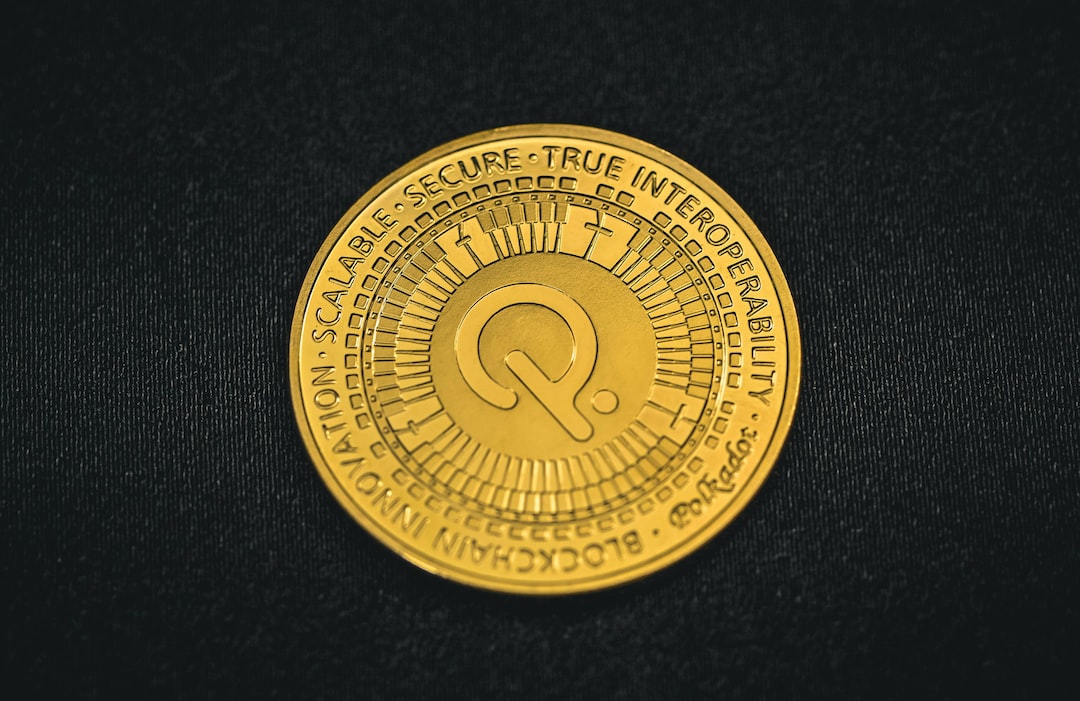The Wallet Barrier
– Web3 adoption has been hindered by the steep learning curve and high stakes of mistakes associated with wallets.
– Users have had to choose between custodial wallets with reduced functionality or self-custodial wallets that are complex to set up and operate.
– Self-custodial wallets require users to remember and protect a seed phrase to avoid losing access.
– The wallet barrier has prevented mass adoption of Web3 by brands and consumers.
Converging Solutions
– Emerging technologies are improving the user experience of interacting with decentralized apps (dApps) and addressing account management problems in Web2.
– Smart contract wallets offer programmable accounts with added features and functionality, eliminating pain points in Web3 onboarding.
– Decentralized identifiers (DIDs) enable verification of identifying information while keeping data under user control.
– Worldcoin’s World ID technology utilizes DIDs to prove digital identity without the need for a seed phrase.
– Bluesky is a social blogging app that utilizes DIDs for authentication and provides privacy, control, and portability of user data.
Hot Take
To achieve mass adoption, Web3 wallets need to become invisible to users, just like databases are in Web2. The combination of smart contract wallets and decentralized identifiers (DIDs) offers a promising solution. Smart contract wallets provide added functionality and automation, while DIDs enable secure and convenient verification of user identity. With these technologies, the wallet barrier can be broken down, allowing for simple onboarding and seamless integration across platforms. This will make Web3 more accessible to a wider audience and drive its mainstream adoption.





 By
By
 By
By
 By
By
 By
By

 By
By